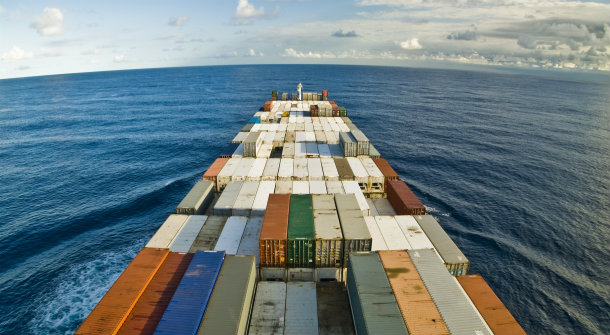Given that the textile and clothing
sector is the largest provider of employment, second only to agriculture,
creating a whopping 4.5 crore jobs across the nation, both the textile as well
as the commerce ministries are on the lookout for new strategies in an attempt
to boost the exports..
Currently the Indian textile exports
are heavily dependent on the developed nations i.e. the US & EU nations.
However, the center is planning to attract the exporters to new markets, which
have a great potential in store, such as Africa. This will subsequently help in
expanding the geographical spread of the Indian textile and garment supplies. While this move may not show instant results,
it will definitely help the Indian markets in the long run.
Moreover, with China’s economy facing
a prolonged slowdown, and the developed nations’ struggling for a steady
recovery resulting in slower textile imports, the need for India to tap newer
markets is only justified. Mr. Sanjay Kumar Panda, the textile secretary also
relayed the information with respect to the promotion of textile exports in
newer markets by the government. He added that support is being raised under
the Merchandise Exports from India Scheme for outbound shipments for a larger
number of textile products. It is due to this support that numerous textile and
garment products, which weren’t offered any benefit previously, are now being
availed a 3% duty credit scrip to encourage them to tap potential markets. He
also pointed out, that even amidst the global slowdown, not only did the textile, clothing and handicrafts exports of the nation did not incur any
losses but also registered an overall growth.
In fact, only recently, the centre
introduced a total of 110 new tariff lines over the existing 2,228 lines. This
move was made, right after the ministry of finance agreed to increase the
allocation for Merchandise Exports from India Scheme from Rs. 18,000 crore to
Rs. 21,000 crores. According to the Foreign Trade Policy of 2015-20, the
exporters are offered a duty credit scrip amounting to 2, 3 or 4 per cent of
the export turnover by the government under the MEIS, depending on the product
that they export and the country to which it is exported. On similar lines,
textile products, ready made garments and even handmade woollen shawls
manufactured by the MSMEs are being granted higher support.
As per the recent most data, the
garment and textile exports of the nation, grew by 0.6%, thus totaling to $18
billion in the first half of the current fiscal, as opposed to major plunge
experienced by the overall exports of the country. The textile ministry now
plans to concentrate on the handicrafts segment of the nation, which is
experiencing a rise in exports and has a great potential for employment.
While currently China is the biggest
market for Indian cotton and yarn, given India’s capacity to offer the
materials at highly competitive rates, these exports can easily register a rise
of 10-15%, on tapping the high-potential African market.
Apart from MEIS, government is also offering
Market Development Assistance ( MDA) schemes aggressively so that Indian
exporters can participate in
International fairs which help them generate more leads & convert
them to business resulting in more FOREX for the country.
Given the
benefits of the duty credit scrip, it is only obvious that the manufacturers
and exporter will reap great benefits in the foreseeable future. But again, it
will be the response from the newer markets of Africa and elsewhere which will
dictate the long term benefits of this scheme.
We
at www.textilestock.in hope that the sincere and
continuous efforts for the government will bring long terms benefits to the
Indian textile sector and open new markets of opportunities.




No comments:
Post a Comment